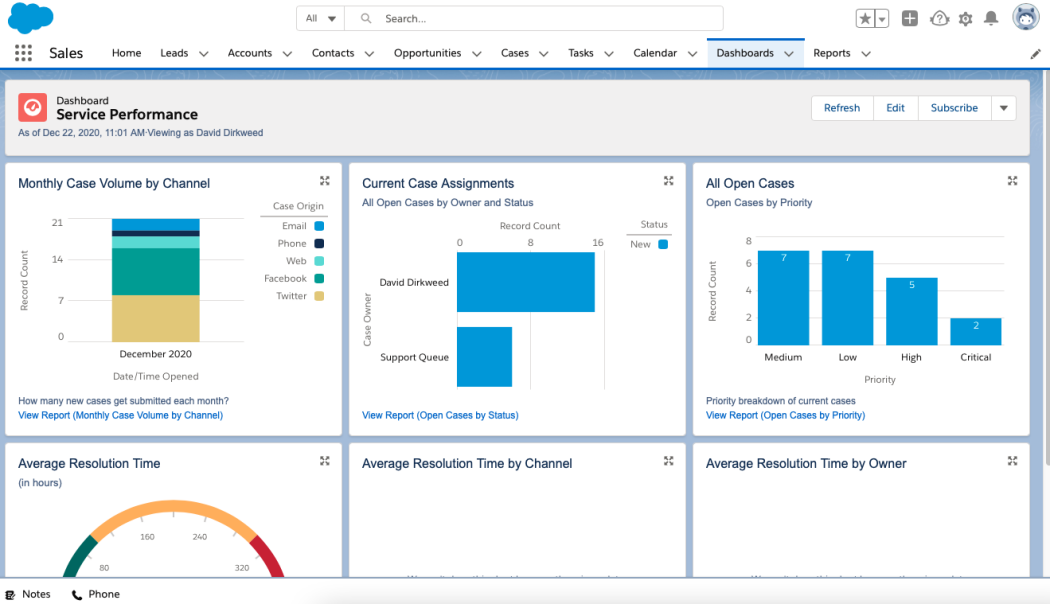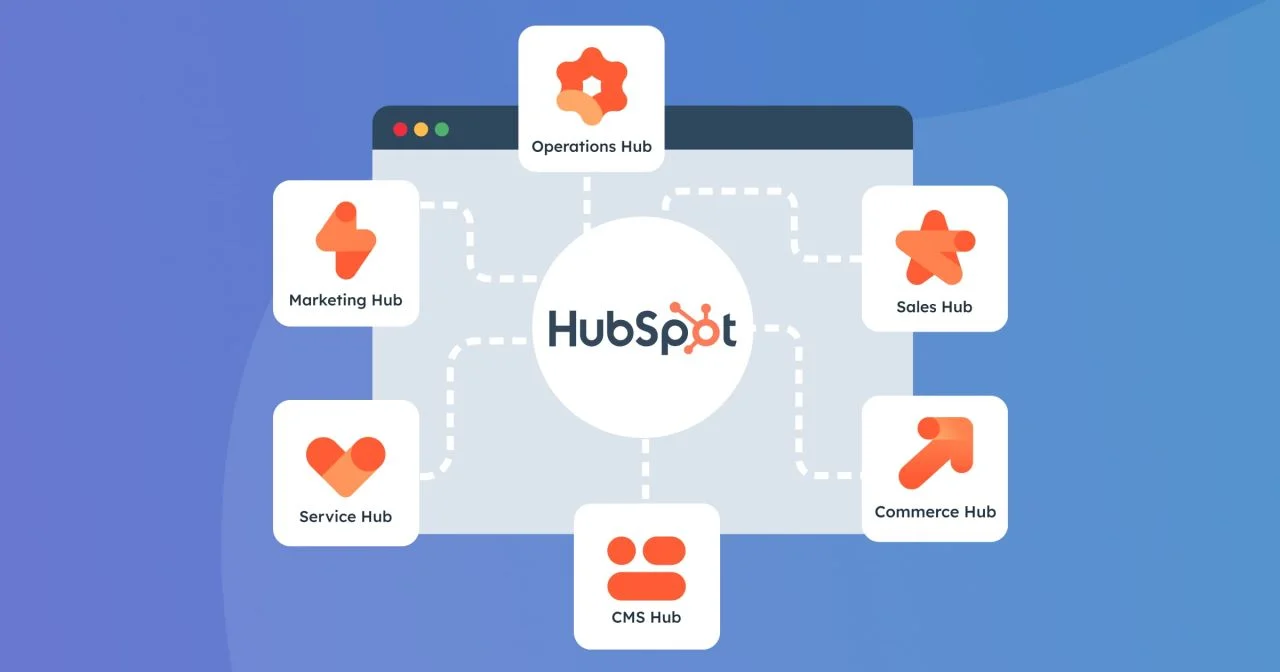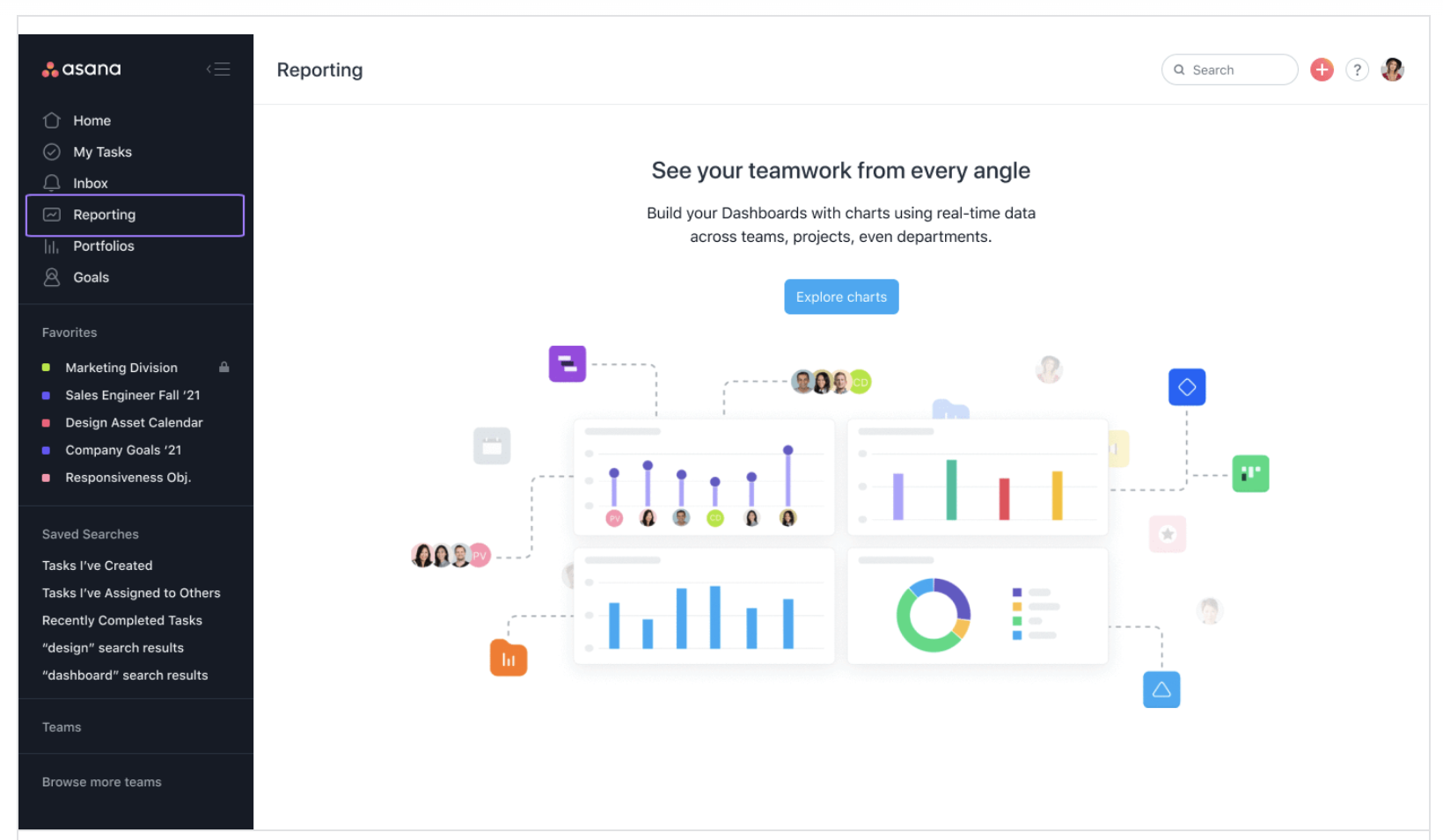The way we access and utilize software has undergone a dramatic transformation in recent decades. Gone are the days of bulky physical installations and expensive licenses. Today, the cloud reigns supreme, and Software as a Service (SaaS) companies are at the forefront of this revolution. But how did we get here? Buckle up, because we’re diving deep into the fascinating history of SaaS companies, from their humble beginnings to their global impact.
What is SaaS?
SaaS stands for Software as a Service. It’s a method of delivering software applications over the internet, typically through a subscription model. Here’s a breakdown of the key points:
- Cloud-based: SaaS applications reside on remote servers maintained by the SaaS provider. Users access the software through a web browser or mobile app, eliminating the need for local installations on individual devices.
- Subscription model: Instead of purchasing a license for the software, users pay a subscription fee to access the application. This fee can be charged monthly, annually, or according to usage levels.
- Scalability: SaaS solutions are easily scalable. Businesses can add or remove users as needed, making them ideal for organizations of all sizes.
- Automatic updates: The software’s upkeep and updates are managed by the SaaS provider. Users automatically benefit from the latest features and bug fixes without having to worry about manual updates.
SaaS has become increasingly popular due to its ease of use, affordability, and scalability. It offers a convenient and cost-effective way for businesses to access the software they need without the burden of managing complex IT infrastructure.
The Story of SaaS Companies
The Seed is Sown: Early Precursors to SaaS (1960s-1990s)
Before the internet revolutionized everything, the concept of accessing software remotely existed in a rudimentary form. In the 1960s, time-sharing services allowed multiple users to access applications on a mainframe computer through terminals. This was a glimpse into the future, where software wouldn’t be a physical product but a service delivered on-demand.
Fast forward to the 1990s, the rise of the internet provided the fertile ground for SaaS to flourish. With the advent of cloud computing, storing data and applications on remote servers became a reality. Pioneering SaaS companies like Salesforce and NetSuite emerged, offering innovative solutions delivered via a web browser – a game-changer for businesses of all sizes.
The SaaS Revolution Takes Hold (2000s-Present)
The 21st century witnessed the explosive growth of SaaS. The increasing accessibility of high-speed internet and the proliferation of mobile devices further fueled this phenomenon. Businesses no longer needed hefty upfront investments in software and hardware. SaaS offered a subscription-based model, making it easier to budget and scale resources as needed.
SaaS business models also evolved, with freemium options allowing users to test the waters before committing. Subscription tiers catered to different business needs, providing flexibility and affordability. The impact of SaaS transcended software itself. It revolutionized industries like HR (Human Resources), marketing, and customer service. Streamlined cloud-based solutions empowered businesses to manage tasks more efficiently, improve communication across departments and locations, and enhance customer experiences through features like self-service portals and live chat functionalities.
For example, in the realm of marketing, SaaS solutions for email automation, social media management, and content marketing have become invaluable tools. These cloud-based platforms allow businesses to create targeted campaigns, track results in real-time, and nurture leads more effectively, all without the need for expensive in-house software or IT expertise.
Some Examples of SaaS Companies
Here are some real-life examples of SaaS companies:
1. Salesforce: A pioneer in the SaaS industry, Salesforce is a cloud-based CRM (Customer Relationship Management) platform that helps businesses manage interactions with customers and leads. It offers features like sales automation, contact management, and reporting tools, empowering sales teams to close deals faster and nurture customer relationships.
2. HubSpot: HubSpot offers a suite of marketing, sales, and customer service software solutions. Their platform caters to businesses of all sizes, providing tools for content marketing, social media management, email automation, and lead nurturing. HubSpot is known for its inbound marketing philosophy, which focuses on attracting customers through valuable content rather than traditional outbound marketing methods.
3. Dropbox: A household name in cloud storage, Dropbox allows users to store and share files online. It offers features like file synchronization across devices, version control, and team collaboration tools. Dropbox simplifies file sharing and ensures everyone has access to the latest versions of important documents.
4. Asana: This popular project management tool helps teams organize tasks, track progress, and collaborate effectively. Asana features include task creation and assignment, deadline setting, communication tools, and project dashboards. It provides a central hub for project management, fostering clear communication and streamlined workflows.
5. Zoom: A video conferencing platform that exploded in popularity during the pandemic, Zoom allows users to conduct virtual meetings, webinars, and online events. It offers features like screen sharing, breakout rooms, and recording capabilities. Zoom facilitates seamless communication and collaboration for remote teams, geographically dispersed businesses, and even personal interactions.
The Future of SaaS Companies
The SaaS landscape continues to evolve at a rapid pace. Emerging technologies like artificial intelligence (AI) and machine learning (ML) are being integrated into SaaS solutions, offering businesses powerful tools for data analysis, automation, and personalized experiences. Imagine a customer relationship management (CRM) platform that uses AI to predict customer churn and recommend proactive measures to retain them, or a marketing automation tool that leverages machine learning to personalize email campaigns for maximum impact. These are just a few examples of how AI and ML are transforming the SaaS landscape.
As the future of work unfolds, with more and more employees working remotely, SaaS is poised to play a pivotal role. Cloud-based collaboration tools and secure communication platforms will be even more crucial in a distributed workforce environment. SaaS solutions that facilitate seamless project management, real-time document sharing, and video conferencing will be essential for maintaining productivity and fostering collaboration across geographical boundaries.
However, the road ahead isn’t without its challenges. Security remains a top concern for businesses entrusting their data to the cloud. SaaS companies need to prioritize robust security measures and maintain user trust through transparent data privacy practices. Additionally, the fiercely competitive nature of the SaaS market demands constant innovation and differentiation to stay ahead of the curve. Companies need to focus on providing unique value propositions, exceptional customer service, and a commitment to ongoing product development to retain customers in a crowded marketplace.
Conclusion
The history of SaaS companies is a testament to human ingenuity and the power of technological innovation. From the early days of time-sharing to the sophisticated cloud-based solutions of today, SaaS has transformed the way businesses operate. Its impact extends far beyond software, fostering collaboration, efficiency, and growth across industries. As we look towards the horizon, one thing is certain: SaaS will continue to be a driving force in shaping the future of business, empowering businesses of all sizes to compete on a global scale and achieve new levels of success.
Ready to harness the power of SaaS for your organization? OnextDigital, a top provider of web development, mobile app development, CRM and auto marketing services, and UX/UI design, can create a tailored SaaS solution to meet your specific business requirements. Contact us today for a free consultation and unlock the full potential of SaaS for your business!











